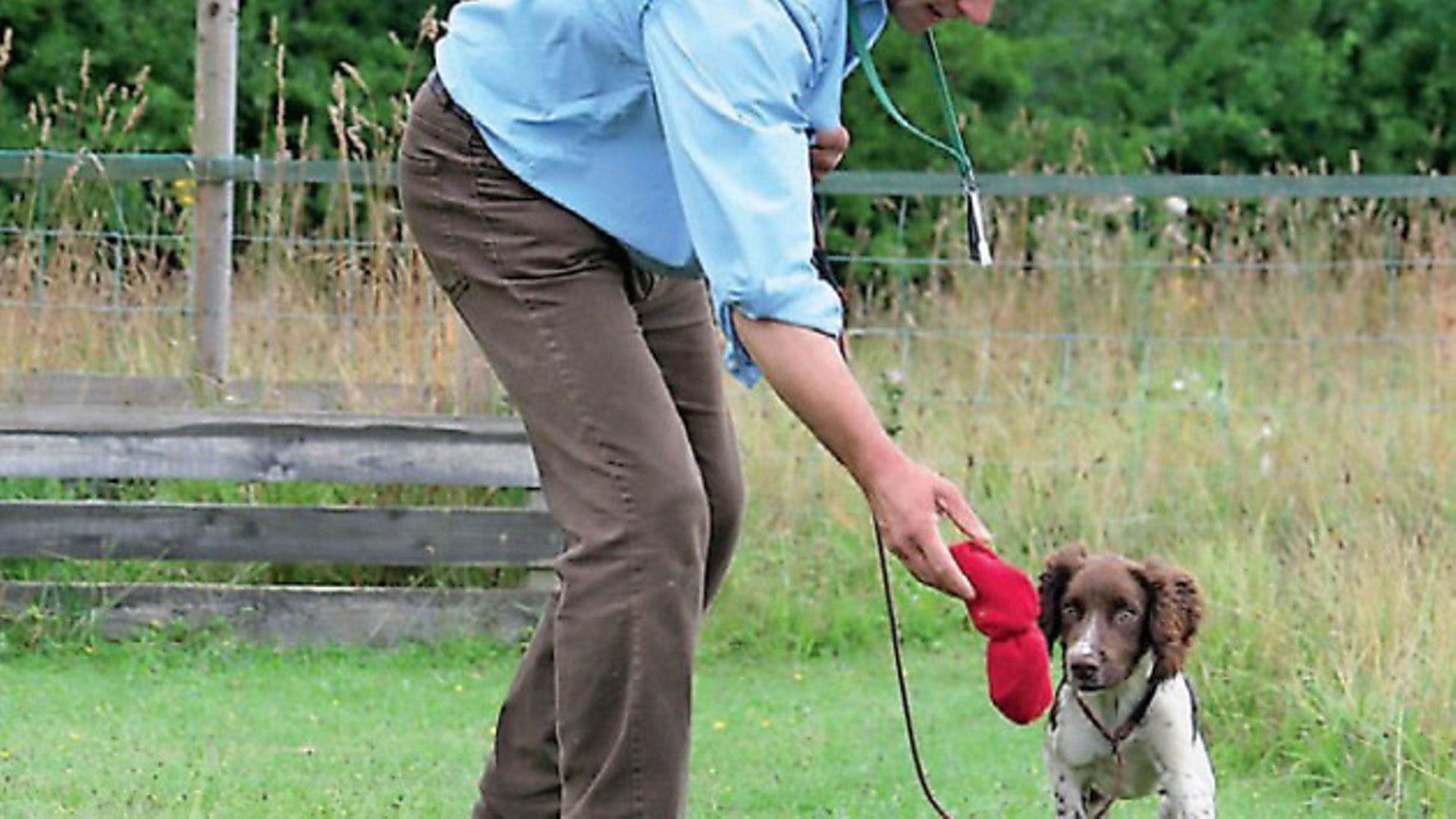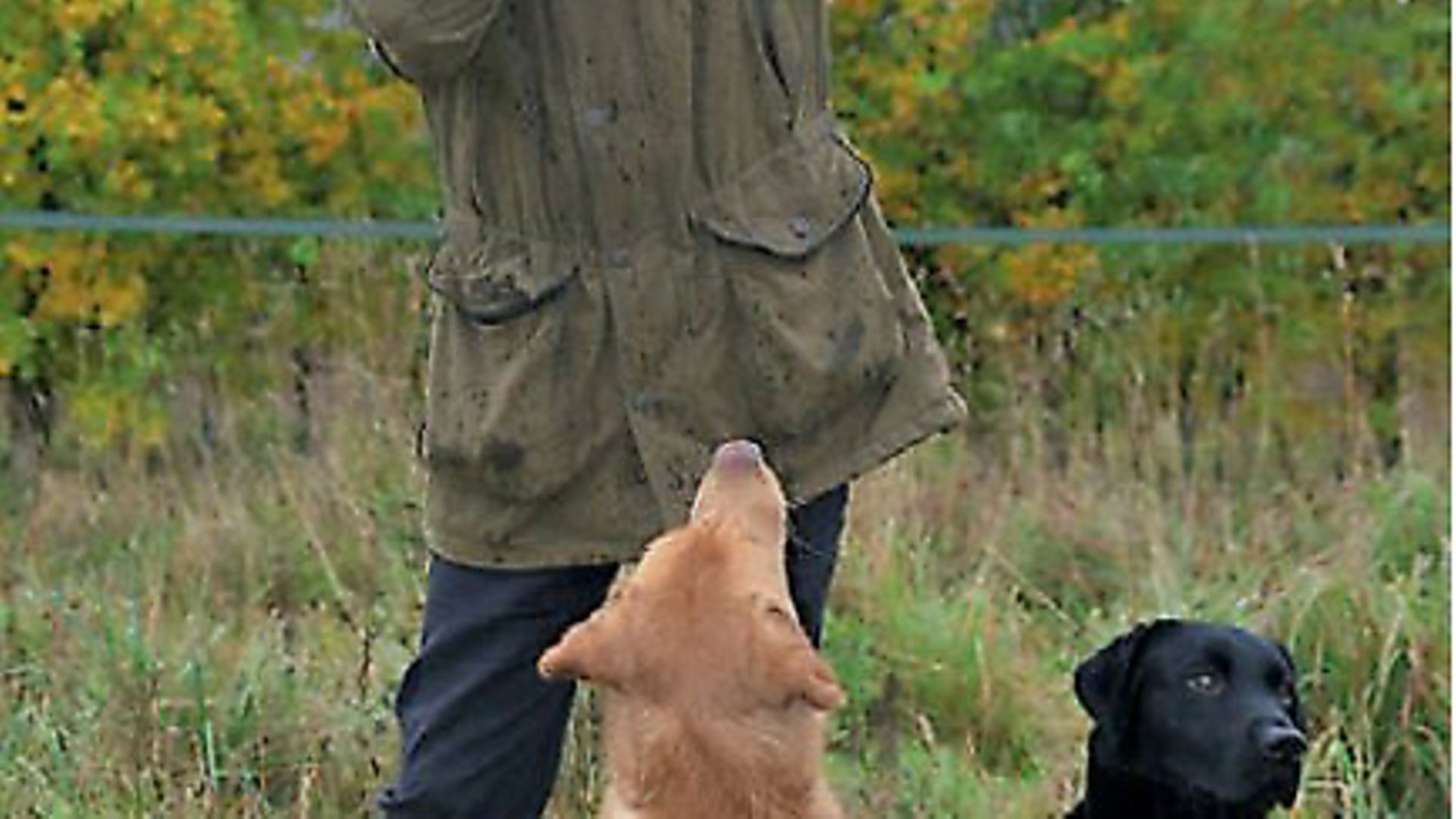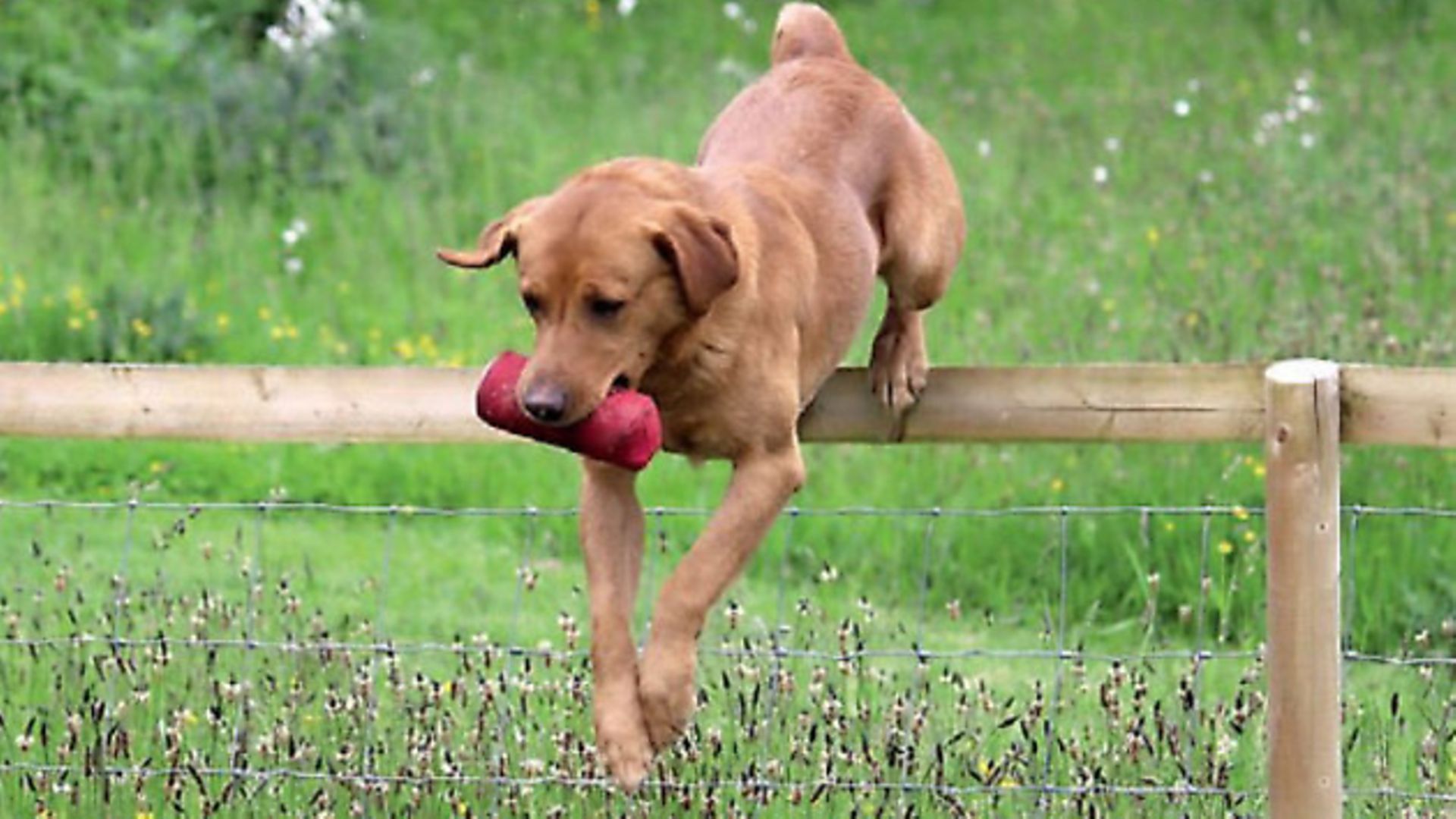Howard Kirby’s essential advice for gundog handlers at all levels and stages of training
 credit: Archant
credit: Archant
? DO make sure from the outset that you teach your puppy to want to be around you. Use food, play, and your energy and guidance to encourage the youngster to want to be with you. Early focus and reward training sessions will pay huge dividends. Take a look at the video on our Mullenscote Facebook page to get some tips on how to teach the youngster to focus.
? DO keep vocal commands to a minimum. If you’ve ever watched a really good dog trainer, you’ll notice how little they say to the dog. There are a lot of things to get right before your dog will be actively listening for your commands. If you get early training right, the dog will be desperate to please and be with you. If he’s not interested, he will simply stop listening.
? DO always check out the environment or ‘classroom’ around you before starting to work with your dog. Top handlers will constantly be scanning everything that’s going on around them. ‘What’s going to distract my puppy in the training paddock?’ or ‘If I take this 12-week-old puppy down to my local field where there are often rabbits and game, will he be so distracted that I can’t get anything out of him?’ And in the shooting field: ‘If I send him for a retrieve down there, what’s he likely to encounter, what’s the terrain like, will he encounter game, is there a fence, wall, road or railway… maybe I shouldn’t send him at all?’
 credit: Archant
credit: Archant
? DO surround yourself with people that really do know their stuff, particularly gundogs. This will help to ensure that you are in and around people that have the same objectives that will benefit both you and your dog. This will create an appropriate training environment for your dog and enable you to watch and learn from instructors that have both trained and handled gundogs successfully.
? DO ensure the dummies that you use in training are right for your dog. Experiment to find out what works best. If you get it wrong, you can inadvertently encourage the wrong behaviours. Dummies with floppy ends will sometime encourage a puppy to shake and ‘kill’ it. Some dogs will learn to self-reward if you throw a ball; they will pat the ball around with their paws instead of lifting the retrieve and coming straight back to you. Toys with squeakers inside them will often teach the dog to bite down repeatedly to make the squeak – this could become a habit and make them messy retrievers. It’s probably best not to allow the puppy to have unlimited access to toys; instead, give the pup chews to occupy him. You can then supervise all retrieves/play, ensuring things develop correctly.
? DON’T let your gundog run riot on every walk and then expect him to stay close to you in the shooting field. It’s essential that you keep him close. You will need to keep training sessions short, sweet and exciting. Teach him that if he hunts close to you, he will be successful. Combine this with a training regime that contains some boundaries and rules and you will simply prevent him from learning to run away from you.
 credit: Archant
credit: Archant
? DON’T set your dog up to fail. Ensure your sessions are progressive; most training exercises lend themselves to a layering-up process. For example, build up sit-stays by slowly increasing the distance. With recalls, again, keep the distances short, the distractions to a minimum and the rewards for coming back to you high. In general, we are trying to train a young dog to work obediently at distance; don’t rush things, keep the dog close and ensure he learns to do everything thoroughly at close range. Once this is achieved you will be able to keep him ‘on the whistle’ at greater distance.
? DON’T rush things. I know this might be your first or only gundog and you are desperate to get out amongst live game and the shooting field, but, and it’s a huge BUT, you put everything at risk if your dog is exposed to the levels of excitement that can be generated when you place an inexperienced handler in the shooting field with a young dog that is simply not yet ready for the job.
? DON’T be frightened to make the time to study with various top trainers. They will all have something positive to offer you. There will inevitably be differences in training techniques, styles and approaches to training. These differences will help you to develop as a handler. Discuss these with the trainer that you are seeing, don’t be frightened to say: “I’m a little confused as the previous trainer told me the opposite.” The good guys won’t be irritated by this, they will be able to justify their advice to you and will almost certainly be able to explain why someone else has given you conflicting advice. It’s essential that you come away from a class clear in what you need to do with your dog. Don’t just keep quiet and come away confused.
 credit: Archant
credit: Archant
? DON’T introduce your dog to gunfire without ensuring you gradually build up his understanding that loud noises will bring him something positive. A simple handclap each time you throw a dummy will serve to start this association. Clap your hands to announce feed times then, slowly but surely, you can engineer the sound of distant gunfire into positive play-related training sessions.
So, just a few things to think about. Have fun and enjoy your dogs – it’s a wonderful thing we do. Keep training!
Did you enjoy this article? Read more about gun dog training here:
6 top tips to ensure a smoother experience
5 simple indoor exercises
Teaching your dog to retrieve
How to teach delivery to hand
How to prepare your gundog for this year’s season